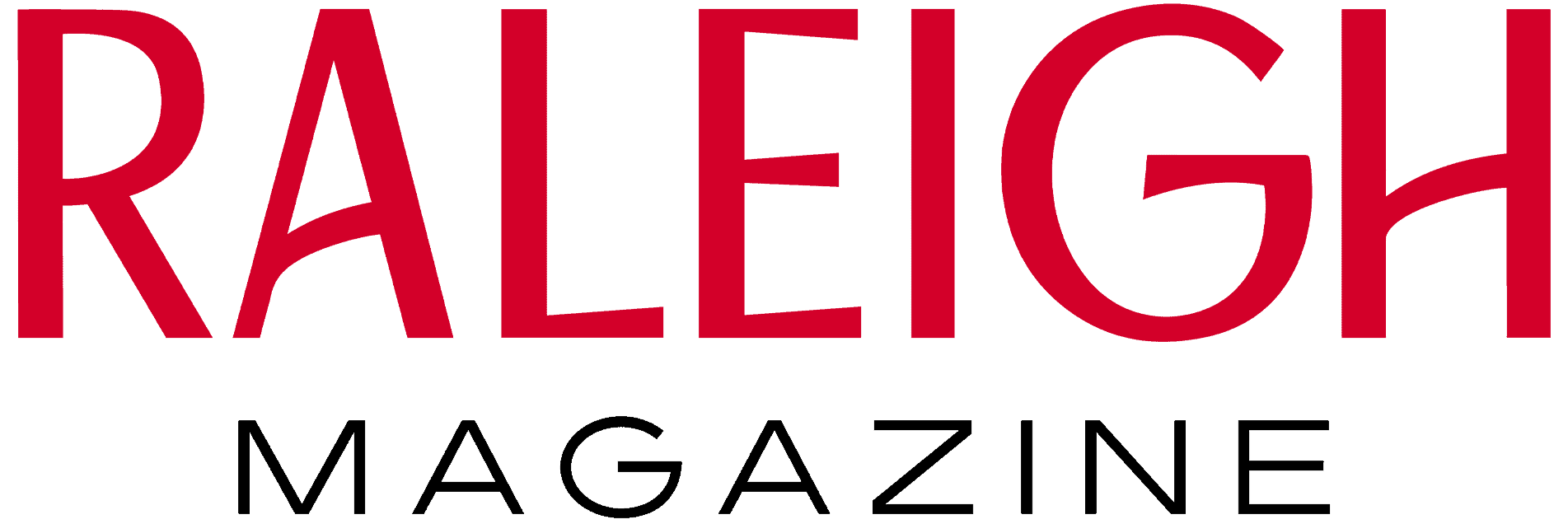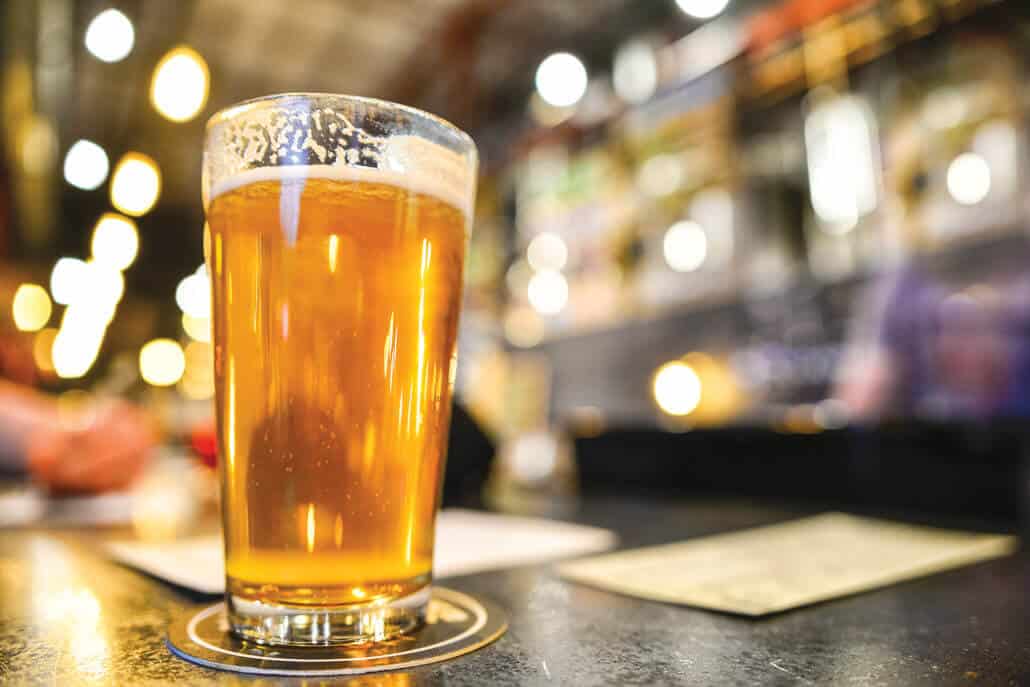Share this Post
It’s hard to be left wanting for a good beer in Raleigh but with so much local variety, where do we start? In a saturated market, breweries are taking it upon themselves to raise the bar.
“Brewers are chasing the consumer,” says Richard Greene, the executive director of the North Carolina Craft Brewers Guild. “They’re creating flavors that consumers are demanding, really paying attention to what the consumer says.”
Given the level of competition, not making great beer is a deal-breaker, but what makes a successful brewery is its focus and its business plan. Raleigh is a relatively big city and there’s plenty of competition.
“Brewers will have to continue to up their game in terms of quality and creating an environment that everyone will enjoy,” Greene says. “Breweries in Raleigh have a lot of flavors. There’s something there for everybody and that is a wonderful thing.”
What The People Want
When Ian VanGundy, the brewmaster at R&D Brewing, started home brewing in Apex as a teenager, there was no local beer scene; now, there are 19 breweries with a Raleigh address.
“Raleigh is a bit unique, a little more down-to-earth in its beer palate,” VanGundy says. “I’ve been successful making beers for the Raleigh area, because I agree with Raleigh.”
VanGundy wanted to see what would happen if he asked locals what they really wanted. Are they seeing what they want to see? Are they choosing the next best thing?
“We’re trying to have an open conversation with our community,” VanGundy says. “We want to be a brewery that lasts for generations. We’re not necessarily shooting for a specific niche.”
R&D Brewing recently tried its hand at a low-calorie, low-carbohydrate craft beer, something of a rarity in the market. At 97 calories, LoCal Resolution is a craft-focused ale, centered around the cashmere hop, that drinks like a light beer but doesn’t taste like one.
“Craft beer doesn’t have to be heavier,” says VanGundy, a marathon runner with beer-loving friends who are cyclists and triathletes. “It doesn’t have to be a double cheeseburger in a glass.”
Crazy For Hazys
Approaching two decades of brewing professionally, Michael Morris has seen the industry’s ups and downs. Since opening Crank Arm in 2013, he’s won numerous awards with his brews and knows what it takes to stay competitive.
“The thing that’s going to set people apart more than anything is their branding,” Morris says. “Are they willing to keep up with the trends, whatever they might be?”
One trend Morris has come around to, for instance, is the hazy IPA.
“That’s something, as an old-school brewer, I resisted for a while,” Morris says. “I’ve been trying to make my beers as clear as I can for the last 15 years and now people want the muddiest beer they can get. The public has really embraced the haze.”
Demand for specific beer styles, and diversity as a whole, are what brewers are watching. When Crank Arm opened, it brewed around 25 styles per year. Now, it’s doing close to 50.
“We’ve been coming up with new things and it’s really hard,” Morris says, “because as a brewer and a brewery owner, instead of forecasting next quarter, we’re basically going, ‘Next month, these are the beers we’re going to brew.’”
Morris credits some of the demand to the rise of social media. People want to drink something no one else has tried and display it for all their friends to see.
“The trend is what’s new,” Morris says. “We intend to grab the bull by the horns and give the people what they want.”
Pop-Up Beer
Ancillary Fermentation, a new brew concept from the Bond Bros. team, thought about what unique offerings it could bring to the industry and decided to try and shift the beer experience through pop-up fermentation.
“Let’s get people out of their everyday breweries and gastropubs and into some place they’ve never been before,” co-founder Sean McKinney says. “Let’s drink beer in office parks and churches, with puppies and magicians and in thrift shop pop-ups. Let’s drink beer out of water bottles! It’s a means to shake things up for beer fans and a great excuse for those who may be intimidated by such a vast and constantly changing industry.”
Though Ancillary’s beer is delicious, McKinney says, it has, by no means, reinvented the wheel. Presentation is definitely the radical element in its equation.
“Once you’ve mastered your craft technically, creativity is key,” McKinney says. “You can’t be afraid to push the envelope or try to expand the consumers’ minds on what beer is or how they relate to it. Question everything.”
10 Years Strong
Lonerider Brewing Company knows the value in a good story—its Wild West theme has been going strong for a decade, and its original portfolio of Sweet Josie Brown Ale and Shotgun Betty Hefeweizen Ale has grown to include more than 20 beers.
“Every brewery is different because most craft brewers are individuals that came in with a passion for what they do,” says Sumit Vohra, Lonerider’s CEO. “We make sure we make classic styles really well and sprinkle in innovation, but stay true to our core. What works for us is to continue to make great core styles, and then make 22 styles that we have fun with. The thirst for variety is driving our evolution.”
Lonerider, too, is listening to its consumers. It recently made changes to its award-winning IPA, Hoppy Ki Yay, by adding more citrus flavors to the beer.
“Hoppy Ki Yay was designed as a beautiful, retro IPA with dank flavors,” Vohra says. “We love the old recipe, but you want to stay ahead and listen to people who want to drink a certain kind of style.”
In terms of what’s new for the brewery, Vohra teases that we’re all in for a treat.
“At the end of this year, we’re going to take out a beer category that nobody has been thinking of,” Vohra says. “We certainly can’t talk about it yet. But nobody has been thinking of it.”
Is his word as good as his beer? We’ll have to wait and see.
Share this Post








